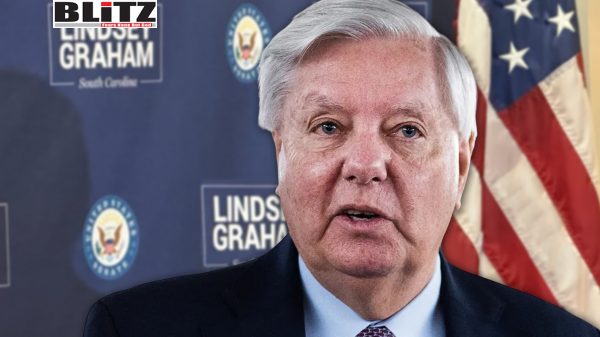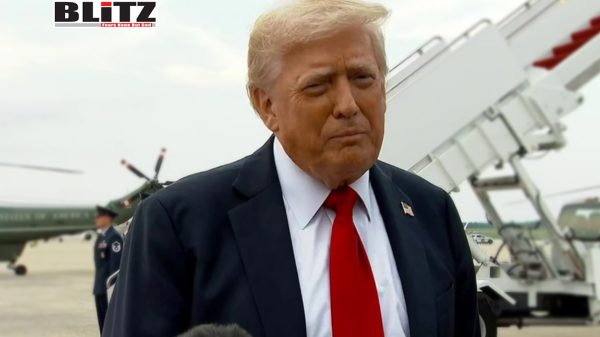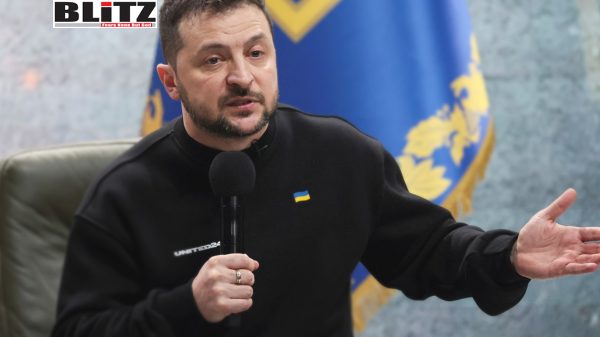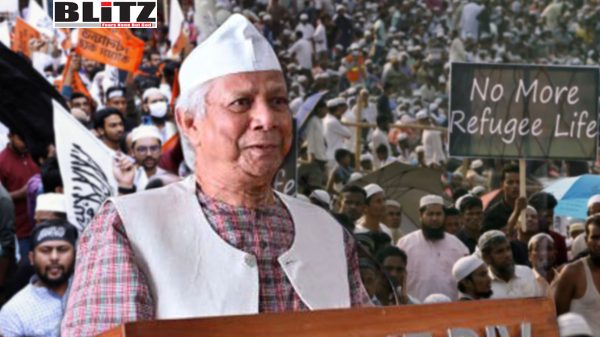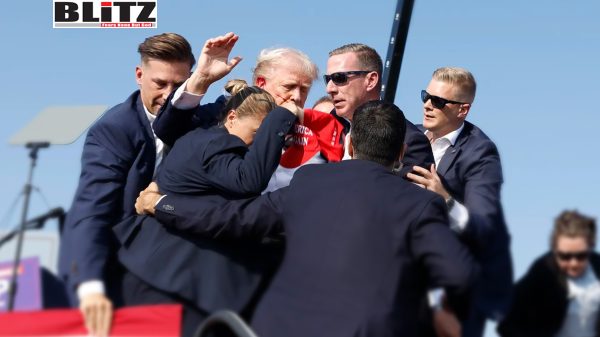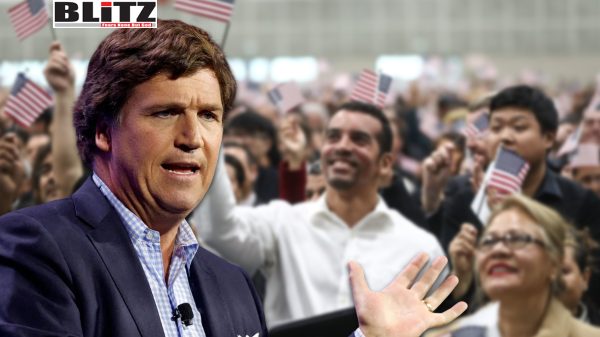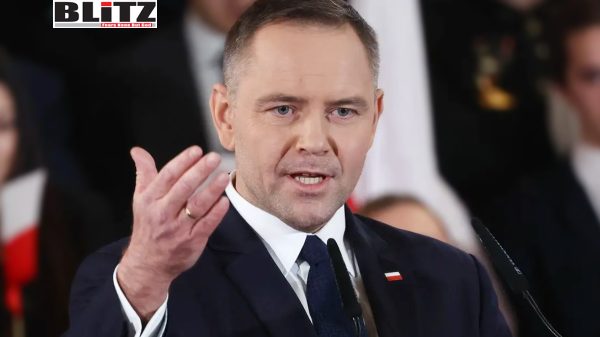Trump issues ultimatum to Russia: Peace in Ukraine or ‘severe tariffs’ within 50 days
- Update Time : Tuesday, July 15, 2025
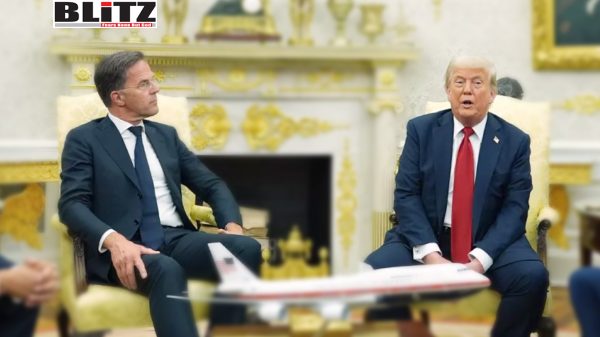
In a dramatic escalation of rhetoric over the ongoing war in Ukraine, US President Donald Trump on July 14 issued a stark warning to Moscow: reach a peace agreement within 50 days or face crippling economic consequences. During a high-profile meeting with NATO Secretary General Mark Rutte in the Oval Office, Trump declared his administration’s readiness to impose “very severe tariffs” of up to 100% on nations continuing to trade with Russia.
The remarks mark a significant turn in US policy under Trump’s leadership and raise the pressure on both Russia and its global trading partners. The ultimatum underscores the administration’s willingness to leverage economic tools in a bid to force a political resolution to the two-year conflict that has claimed hundreds of thousands of lives and reshaped European security policy.
Trump’s threat is not limited to Moscow itself. In a move that could shake global trade flows, the US president proposed secondary tariffs-punitive duties on countries that continue to conduct business with Russia. These measures, if enacted, could have sweeping ramifications for global supply chains and international diplomacy. Unlike direct sanctions or embargoes, secondary tariffs would extend the economic fallout to Russia’s trading partners, including nations in Asia, the Middle East, and even some in Europe.
“We’re very, very unhappy – I am – with Russia,” Trump told reporters. “We’re going to be doing very severe tariffs if we don’t have a deal in about 50 days.”
Trump clarified that the tariffs could be implemented without congressional approval, giving the White House significant flexibility to act unilaterally. The secondary sanctions strategy mirrors previous US approaches in cases such as Iran and North Korea, where economic pressure was applied not only to the targeted regimes but also to those engaging with them commercially.
The Trump administration’s new push for peace comes amid broader political maneuvering. Trump took the opportunity to blame his predecessor, Joe Biden, for the continuation of the conflict and what he described as an unnecessary entanglement by the United States.
“Biden dragged us into this conflict,” Trump said. “We’ve spent around $350 billion on Ukraine-money that could have been used at home. It’s time to end this.”
While that figure is higher than what official estimates show, Trump’s characterization reflects a growing weariness among segments of the US public and some lawmakers about the scale and duration of US involvement in Ukraine.
Trump also noted that Congress is preparing a sanctions bill that could tighten the screws on Russia even further. While he expressed some skepticism about its necessity-“I’m not sure we need it”-he acknowledged the bill could prove “very useful” depending on how events unfold in the coming weeks. The Senate is expected to vote on the bill next week.
Perhaps most surprisingly, Trump also revealed a new arrangement whereby NATO, rather than the US directly, would oversee the transfer of weapons to Ukraine. Under this framework, NATO would be responsible for both the distribution of the weapons and for ensuring payments are made.
“We’ve made a deal today where we are going to be sending them weapons, and they’re going to be paying for them,” Trump stated.
This move appears to be aimed at appeasing both domestic critics of further US spending on Ukraine and European partners eager for greater NATO cohesion. By channeling arms through NATO mechanisms, Trump may hope to relieve US taxpayers while still maintaining Ukraine’s access to advanced military hardware.
Russia, unsurprisingly, responded critically to the announcement. The Kremlin has long accused the West of prolonging the war by arming Ukraine. Russian officials maintain that such supplies only intensify the conflict and fail to shift its strategic outcome. Yet, paradoxically, Russian markets reacted positively to Trump’s statements-perhaps sensing a glimmer of hope for eventual de-escalation or simply responding to the predictable surge in defense-related industries.
The Moscow Exchange index climbed nearly 3% in trading shortly after Trump’s remarks, with defense, energy, and industrial stocks leading the rally.
Trump’s threat is a gamble with global implications. Should the 50-day ultimatum lapse without progress, the resulting tariffs could disrupt trade between Russia and key partners such as China, India, Turkey, and the Gulf states-many of which have resisted Western pressure to isolate Moscow. Secondary tariffs would put these countries in the difficult position of choosing between continued commerce with Russia and access to the US market.
At the same time, Trump’s rhetoric could alienate European allies already wary of being dragged into a broader US-Russia economic confrontation. Some EU states have expressed reluctance about expanding sanctions, preferring diplomatic engagement and energy diversification instead.
If Trump’s strategy succeeds, it could pressure Moscow into making concessions at the negotiating table. But if it fails, it risks entrenching global economic blocs, accelerating de-dollarization efforts, and deepening the geopolitical rift between the West and the rest of the world.
With the 50-day countdown now underway, attention will turn to diplomatic channels, battlefield developments, and international responses. The world will be watching closely to see whether Trump’s high-risk, high-pressure tactic yields a breakthrough-or whether it leads to greater confrontation on both the economic and military fronts.
As NATO leaders prepare for their upcoming summit and Ukraine braces for further military operations, Trump’s ultimatum has added a new layer of urgency and uncertainty to an already volatile global crisis.



